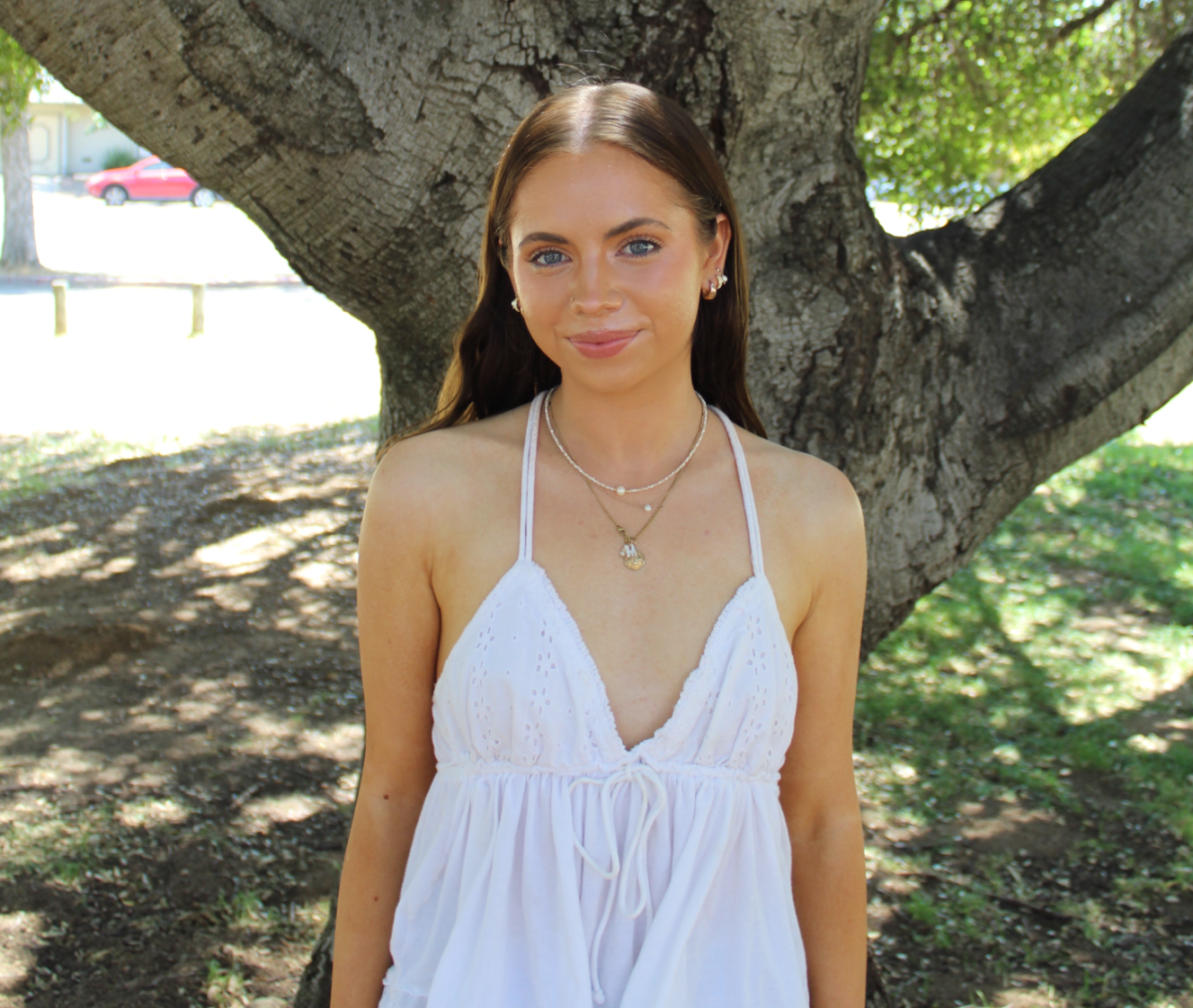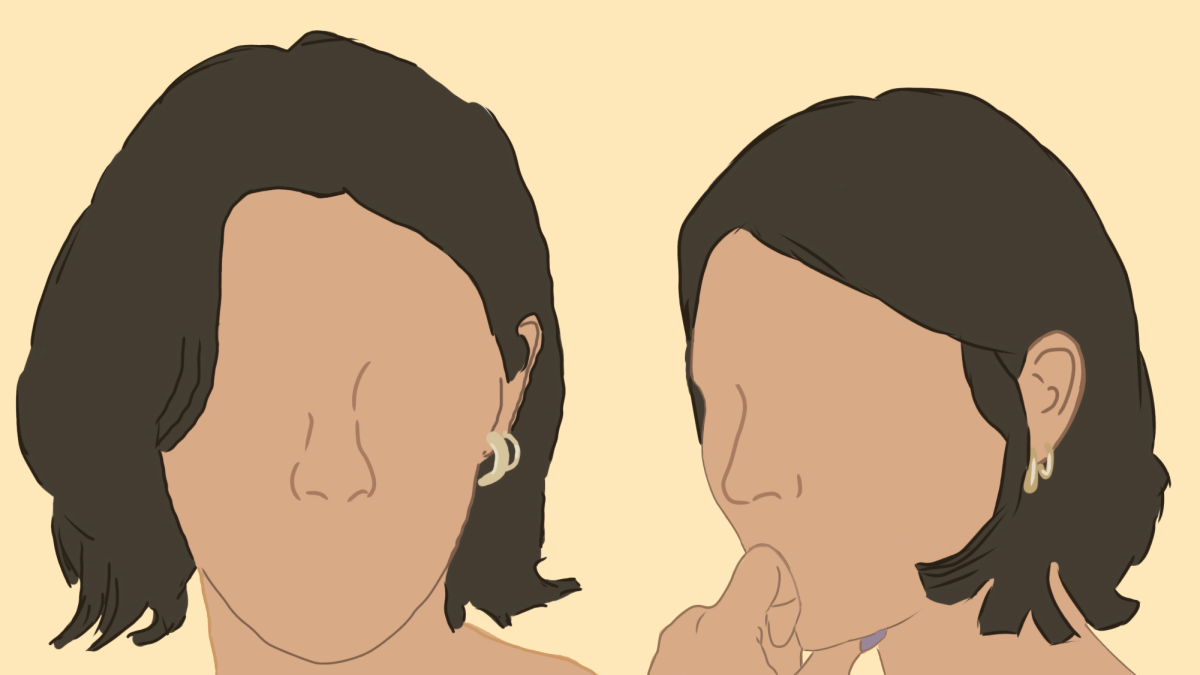In an email newsletter sent to parents on December 11, Superintendent Jim Hogeboom declared that students are on the brink of a mental health crisis.
Suicide is the tenth leading cause of death in America and the second leading cause of death for American teenagers. According to the American Foundation for Suicide Prevention, the 2016 suicide rate for people aged 15 to 24 was 13.15 per 100,000 people. While the teen suicide rate is the second lowest of all age groups, it is increasing at the greatest rate. The overall suicide rate has increased 28 percent since 2000. From 2007 to 2015, suicides among females aged 15 to 19 doubled, hitting a 40 year high, while among males of the same age it rose 30 percent.
Females are more likely to attempt suicide than males, but males are more likely to die from suicide, partly because they tend to use more fatal methods. In 2016, 9.8 million American adults had serious suicidal thoughts, 1.3 million attempted suicide, and 44,965 died by suicide. An average of over 3,000 American high school students attempt suicide every day, with 16 dying by suicide. These statistics are estimated to be even higher, as suicide often goes unreported due to stigma.
In the past year, four high school students in Marin County have died by suicide, highlighting the significance of raising mental health awareness.
Four out of five teens who attempt suicide show clear warning signs beforehand. These may include talking about death, feeling hopeless or like a burden, or behaviors like social isolation, academic issues, changing sleep patterns or increased drug use. Mental illnesses are a strong risk factor for suicide; 90 percent of those who die by suicide had a diagnosable psychiatric disorder.
Depression is a common precursor to suicide. The 2016 National Survey on Drug Use and Health showed an estimated 3.1 million 12 to 17 year olds experienced at least one major depressive episode, a period greater than two weeks where depression is experienced and symptoms are expressed, that year. Of this group, 60 percent received no treatment.
Concerns have been raised about social media’s effects on mental health. Data shows a correlation between phone usage and unhappiness, while high school students have steadily reported more feelings of loneliness and less sleep. These can both cause depression and be symptoms of pre-existing depression.
“It has become less about a way to share pictures, and more about image comparisons and equating followers and likes with self worth,” junior Sofia Doyle said. “Without even realizing it, we have tied our self esteem into these tiny screens and let them lead the way to our own self destruction. Personally, I despise social media. I try my best to avoid it, but I am a product of my generation, so sometimes this is hard.”
Although social media can showcase highly curated portrayals of life, it has also provided a place where people express their suicidal thoughts. Social media is creasingly filled with jokes and memes about depression and suicide.
“I think mental illness and suicide are more joked about because it is such a real thing that people feel the need to make a joke out of it so it feels less serious to them,” senior Ben Drogin said. “Whenever someone says something like that, which happens a lot, I tend to continue the conversation and ask them personal questions to see how they are really doing. I believe that more people now than ever have mental health issues and everyone is just trying to deal with it in whatever way comes natural to them.”
While talking about suicide is a warning sign, it has also become a common expression in response to minor inconveniences.
“I hear it all the time,” Doyle said. “‘Wow, I’m literally going to kill myself, I failed that test.’ The words are spoken so nonchalantly, and every time I hear them, I am scared. When are you supposed to take someone seriously?”
NUSD and the Marin County Office of Education have held events for students and families such as Talk Saves Lives: A Brief Introduction to Suicide Prevention and a district staff training event called Mental Health First Aid Training: Teaching Adults How to Help Adolescents. The district plans to have an event specifically on mental health in the spring. Hogeboom advocates for parents to monitor their children’s phone usage and social media accounts. However, some students have a different opinion.
“I believe that if parents start trying to monitor what their kids are doing on their phones, it will result in more defiant and less trustworthy kids,” Doyle said. “The solution to decreasing suicide rates isn’t to confiscate all phones and shove kids outside.”
Numerous suicide hotlines operate in the U.S., such as the National Suicide Prevention Lifeline (1-800-273-8255) and the Trevor Project Lifeline (1-866-488-7386), which is specifically for LGBTQ+ youth. Phones also provide access to text services such as the Crisis Text Line (741-741) and online crisis chats (https://suicidepreventionlifeline.org/chat/). These crisis lines provide immediate emergency counseling for someone in a moment of distress. However, suicidal thoughts and depression can be lifelong conditions. There is a strong risk of recurrence for suicide attempts and depressive episodes. They are commonly treated through therapy and medication. An estimated 41 million Americans take antidepressants, but these can be accompanied by numerous side effects and may be hard to quit. Therapy is also effective in treating depression, but it can be costly. Over 8 million Americans with mental health conditions are uninsured. For children of uninsured parents, it can be difficult to receive professional counseling.
“I feel like I can’t talk to everyone I know at school about how I am mentally,” Drogin said. “Additionally, I don’t think a majority of the faculty care about us as real human beings with feelings, just students that they have authority over.”
NUSD currently employs the equivalent of 8.4 full time psychologists and 11 school counselors.
“Staff are encouraged to and do refer students to counseling services,” NUSD Director of Special Education and Student Wellness Kelly Johnson said. “Students can also self-refer for counseling.”
The district also has a crisis intervention team of school psychologists and counselors, sometimes including administration, North Bay Security representatives or School Resource Officers. The team meets after a school crisis, like the death of a student, to develop a plan for counseling students, parents and staff.
“NUSD believes that everyone needs to come together to address student mental health. It takes a village,” Johnson said. “Each of us has a different lens and all are important in addressing student needs.”
NUSD’s current goal is for each school to assess their needs and form a wellness plan. NUSD does not currently have a social and emotional learning curriculum, which teaches management of emotions, goal setting, decision making, empathy and positive relationships.
“It is difficult to raise awareness on a topic that is a paradox in itself,” Doyle said. “Suicide is glamorized, yet we are afraid to truly confront what exactly suicide entails, and that is someone killing themselves.”





































